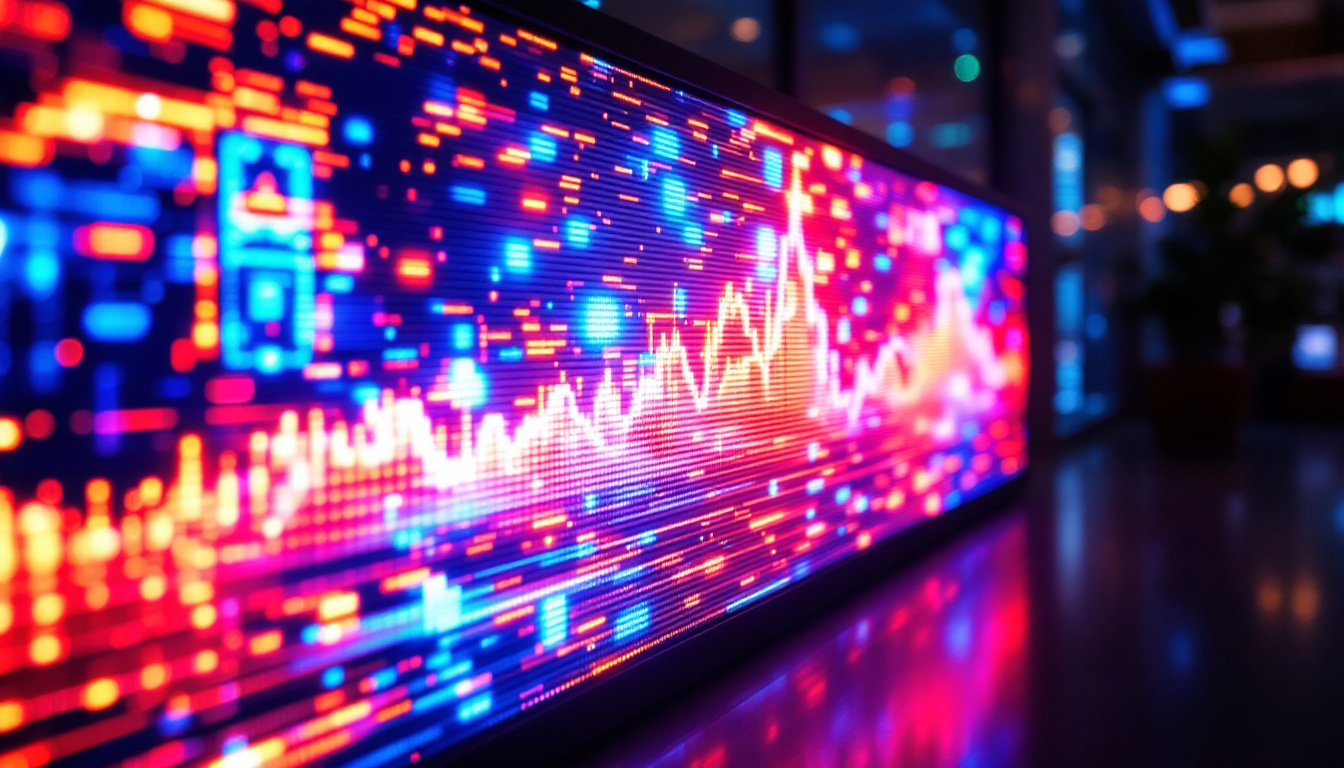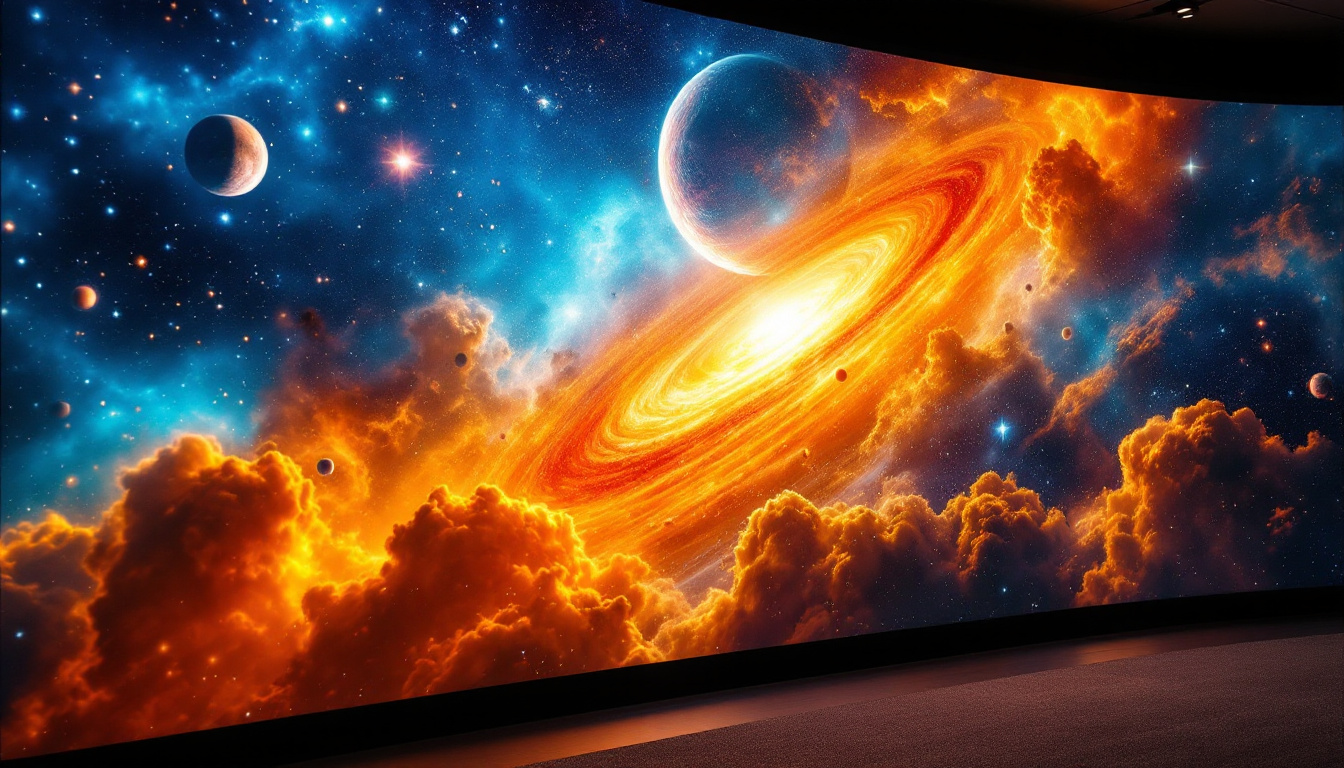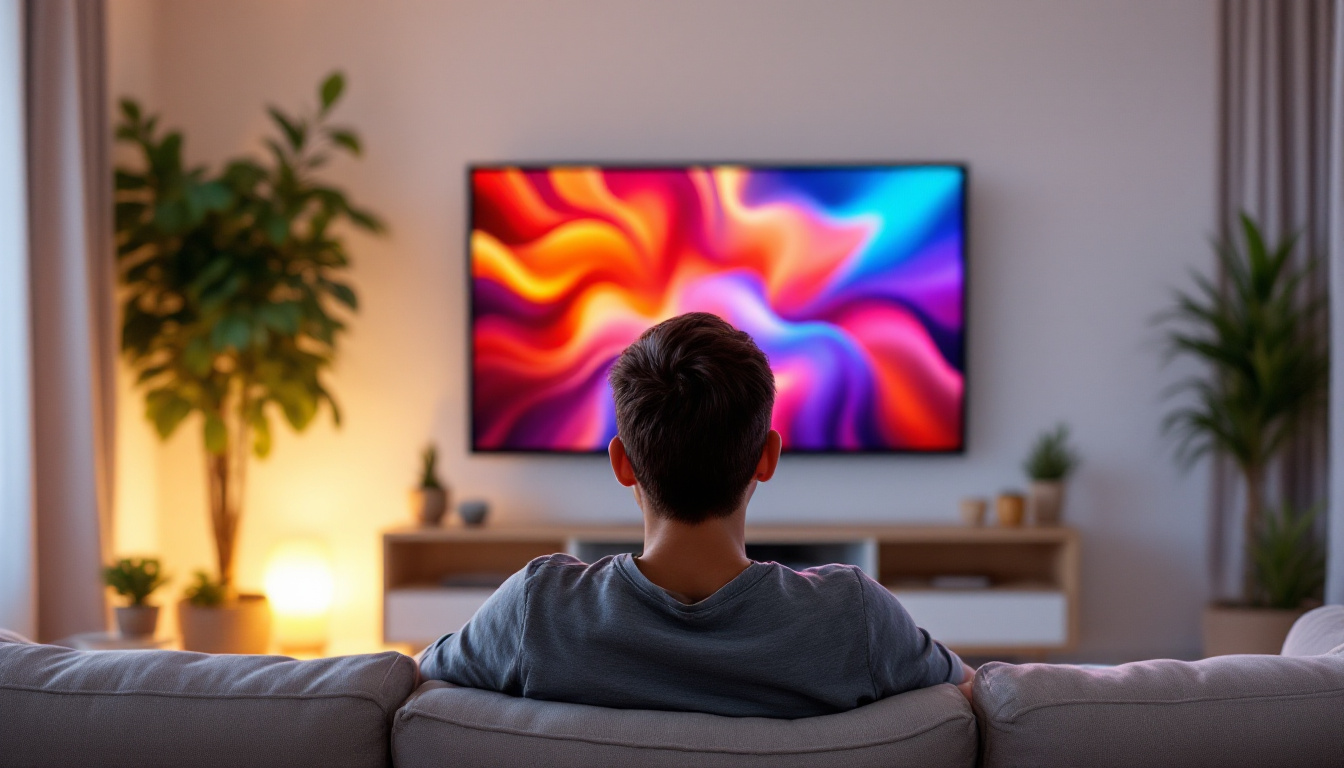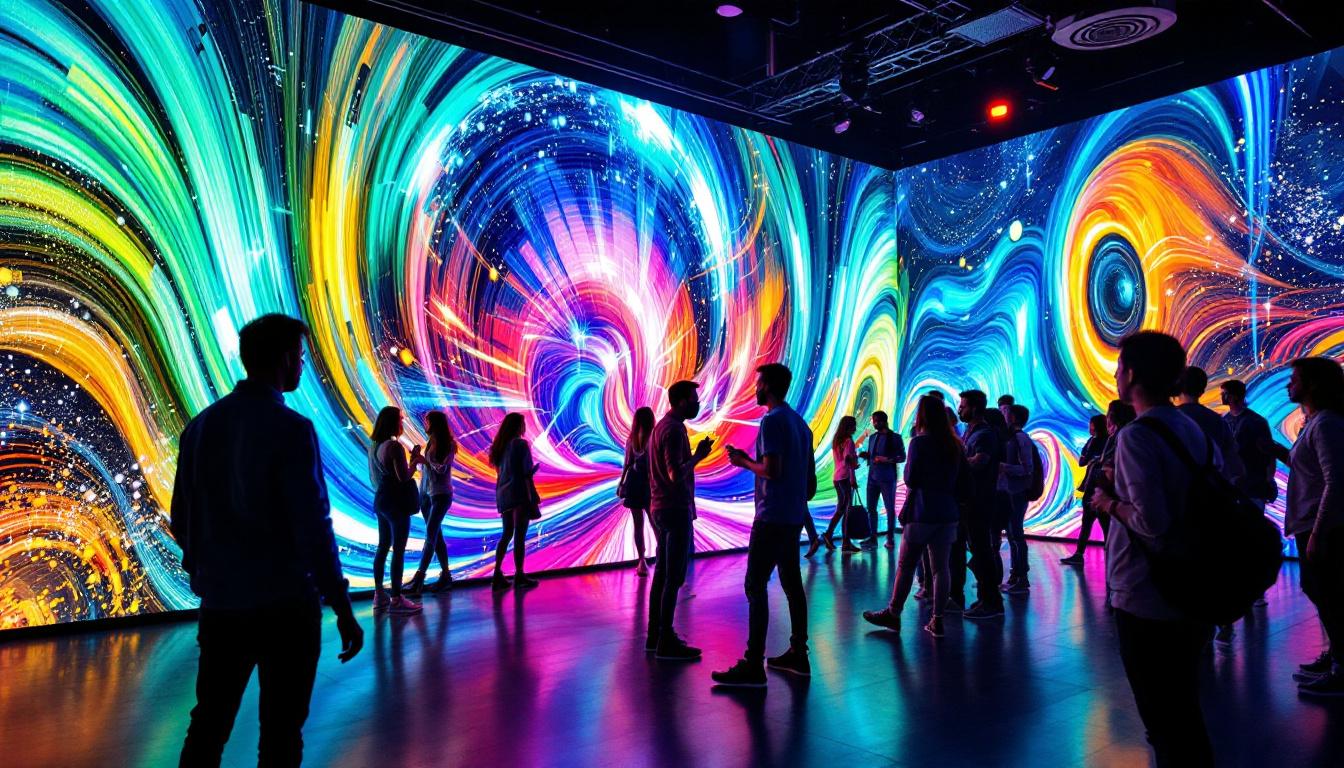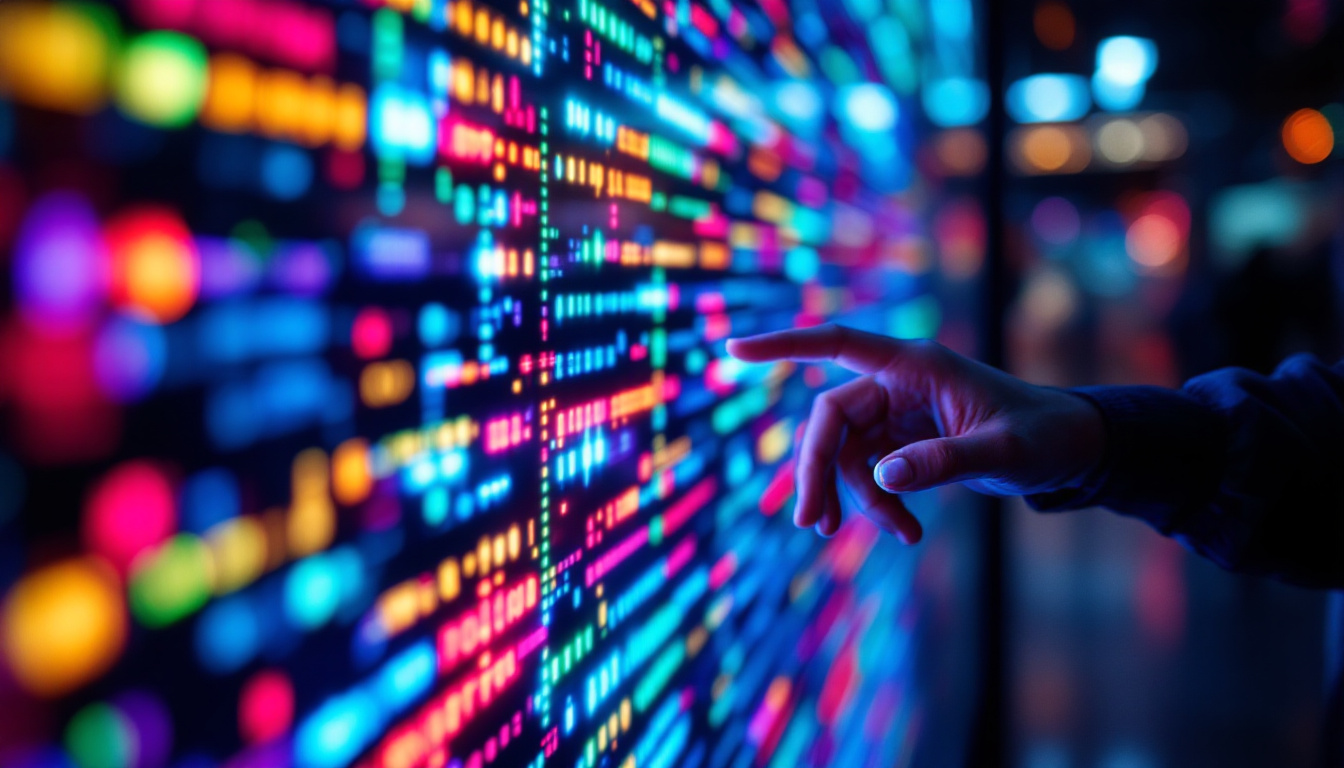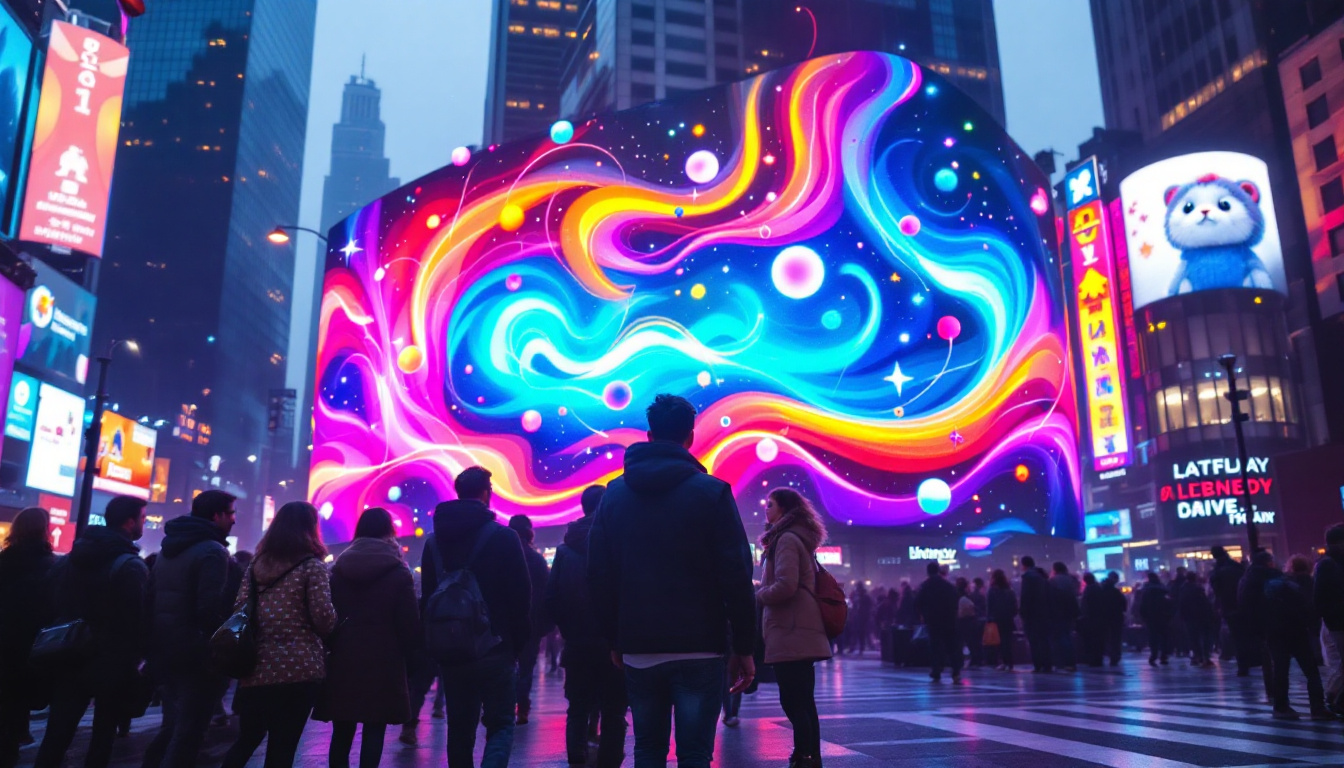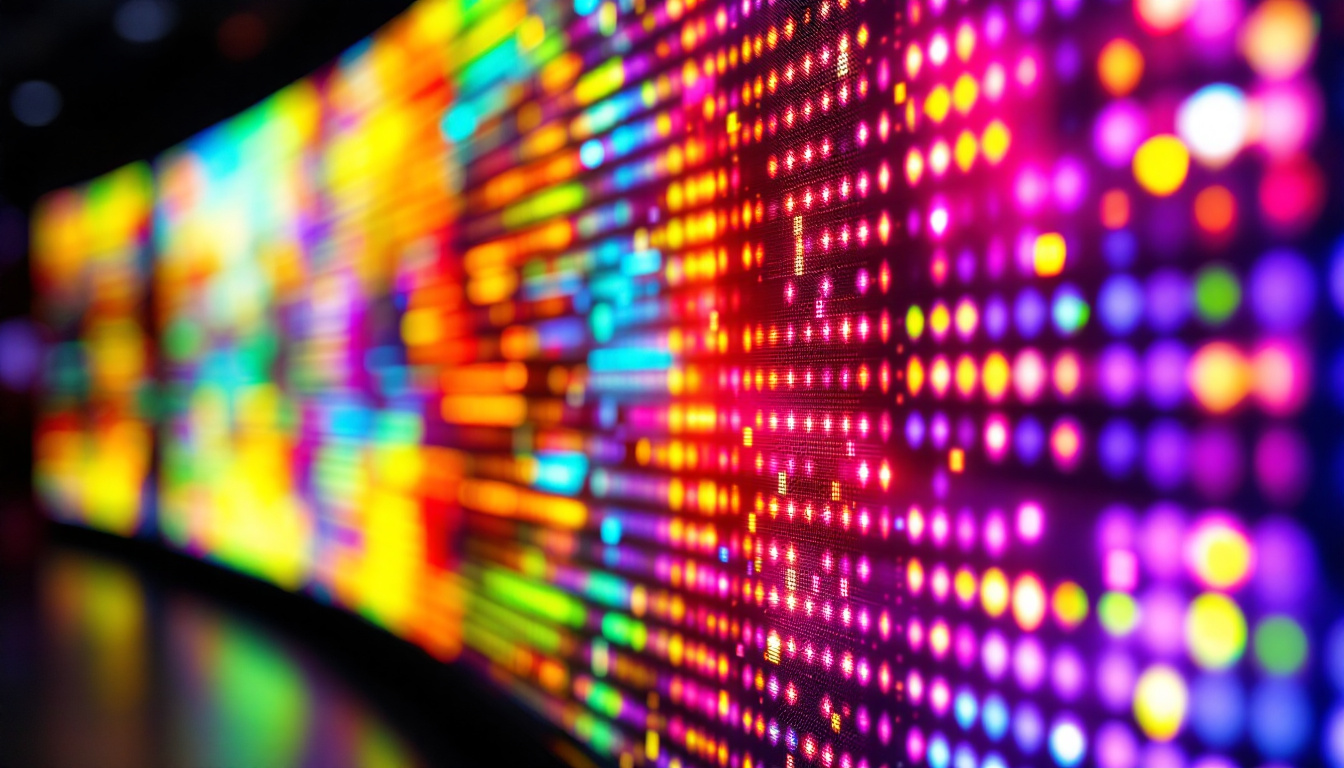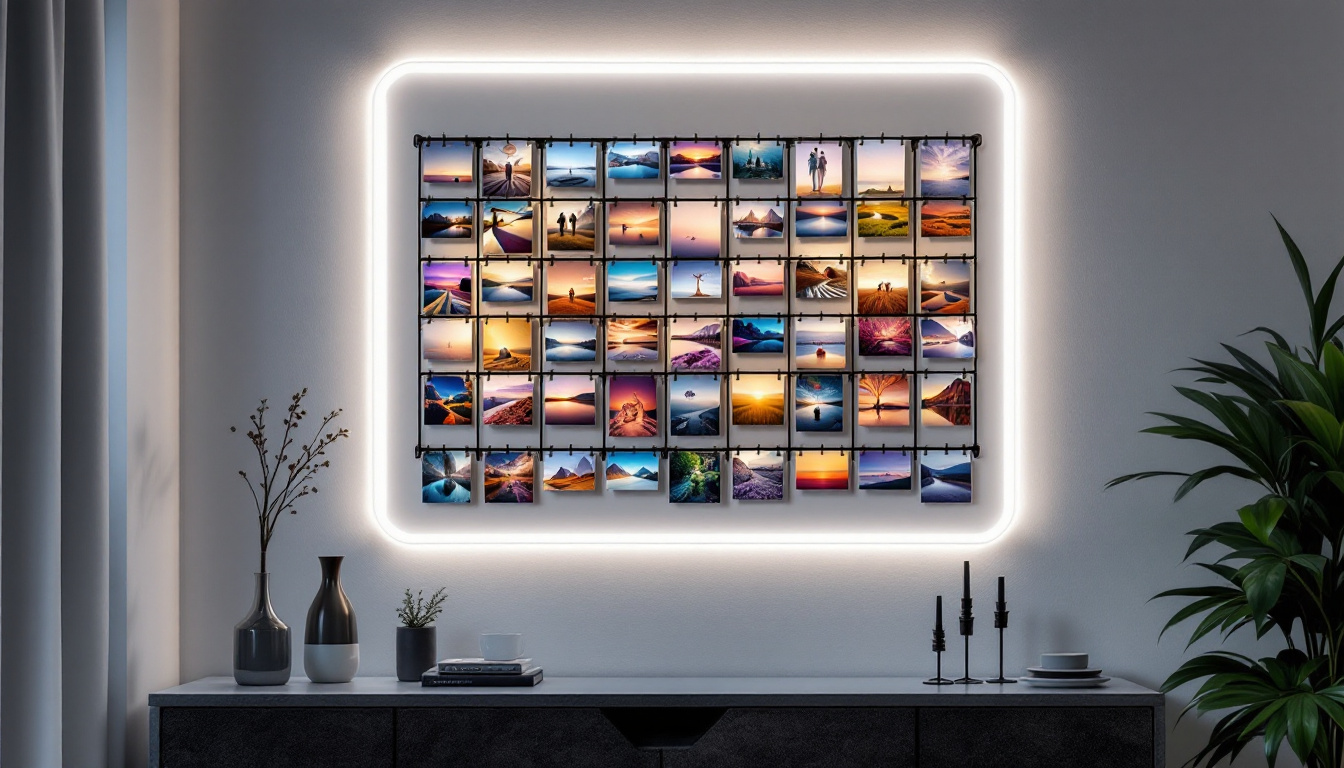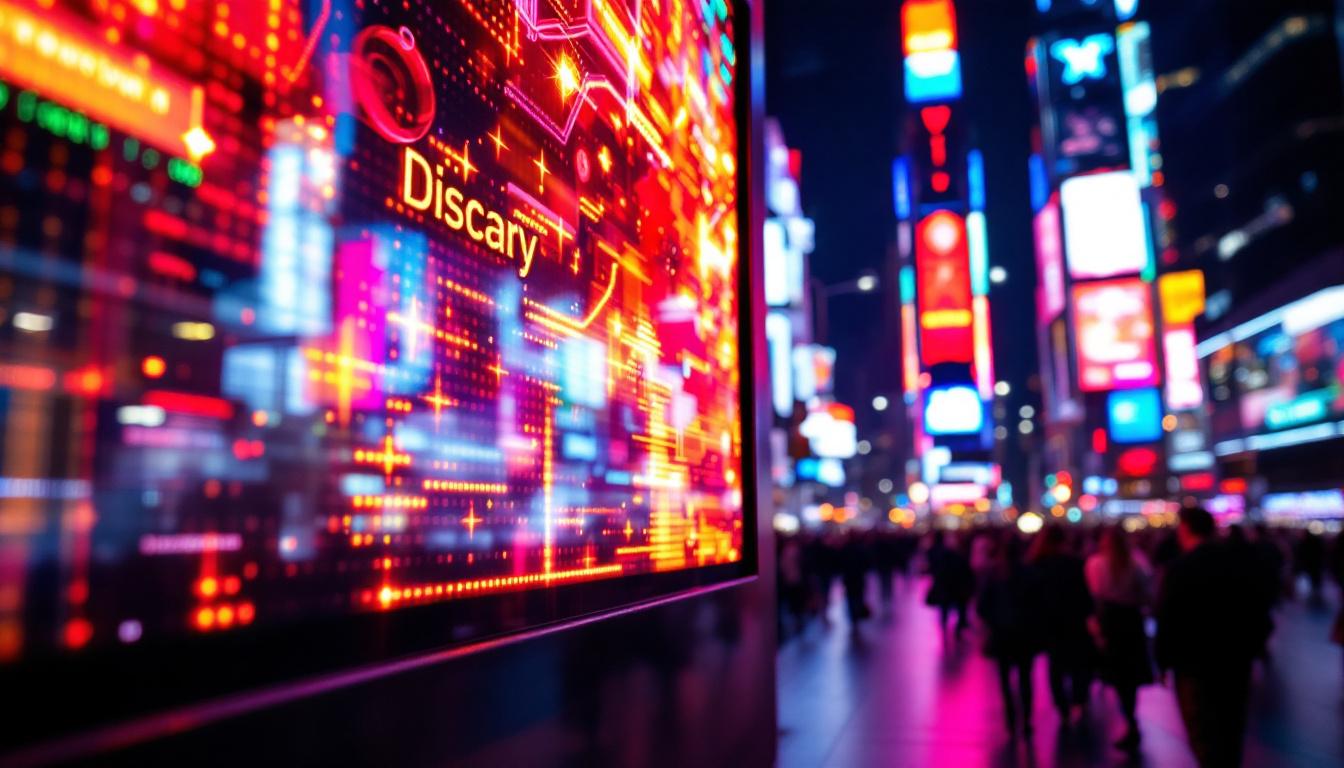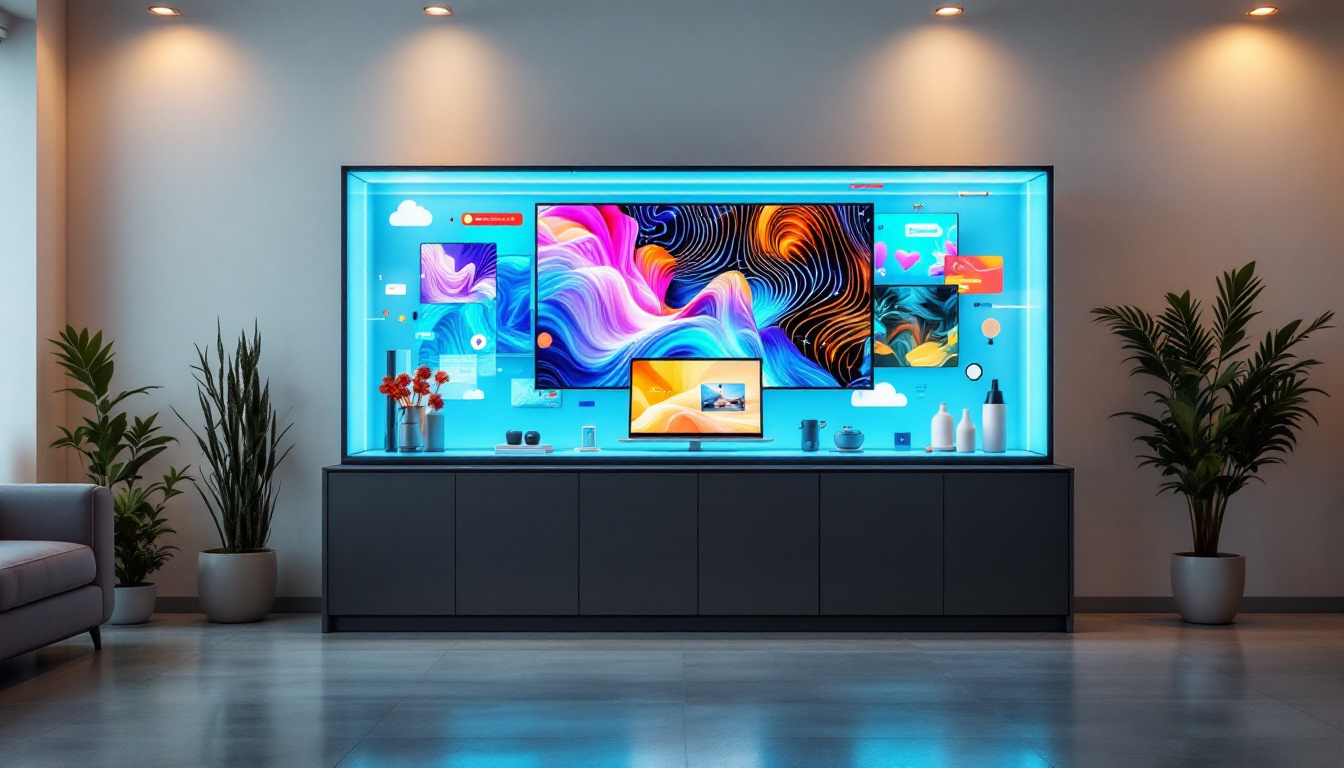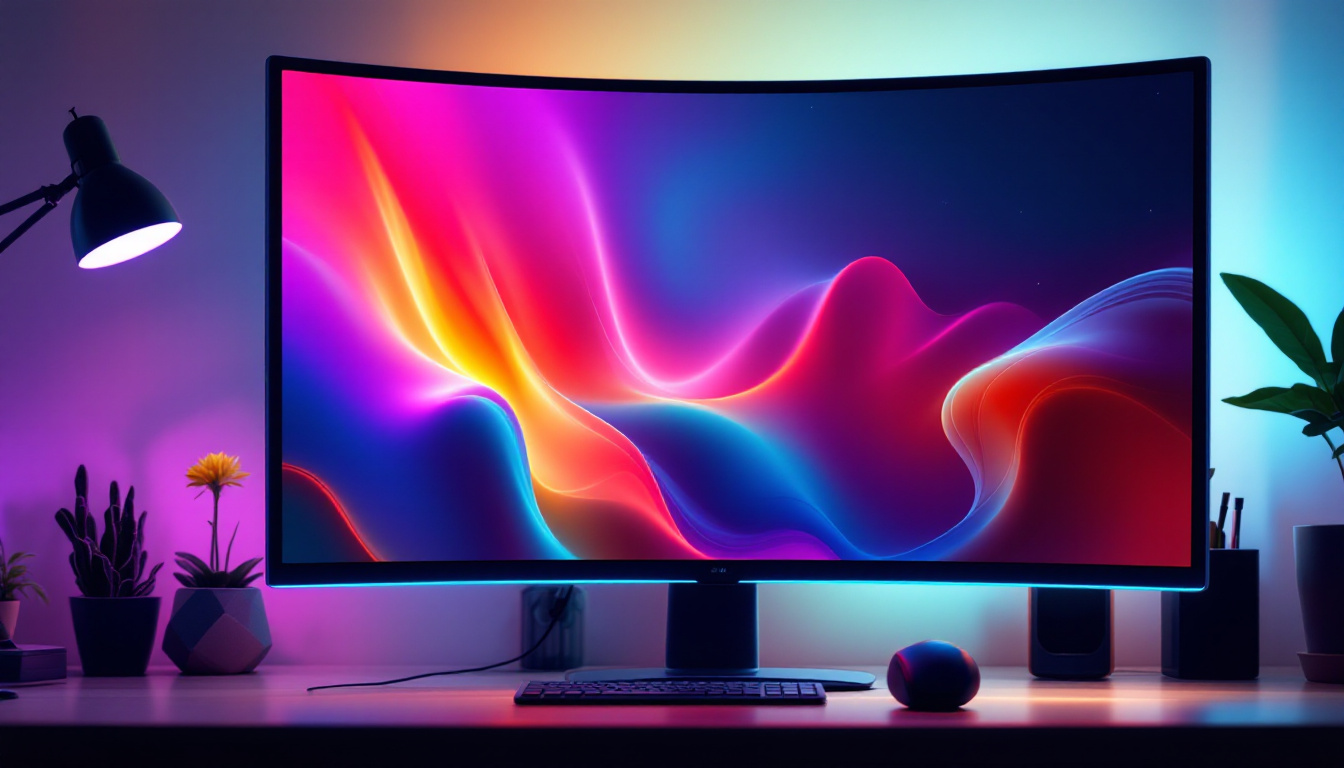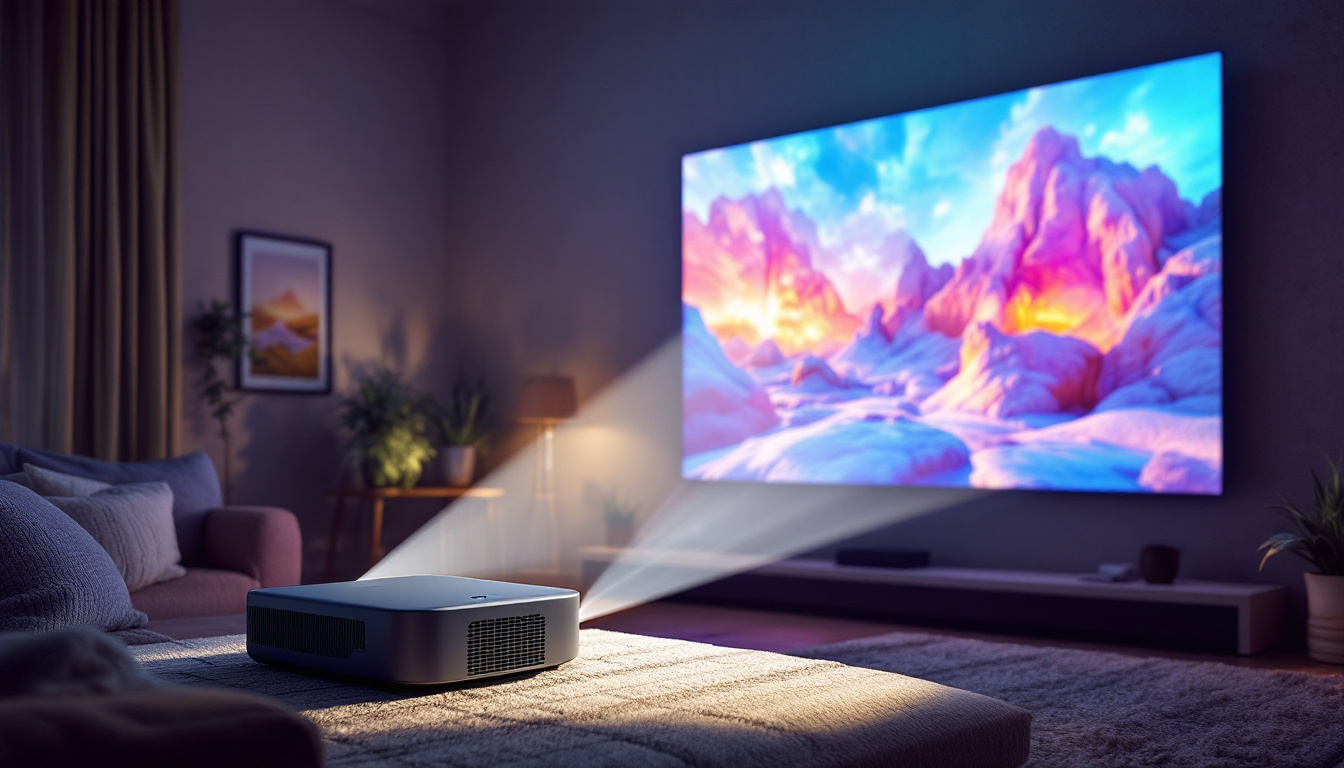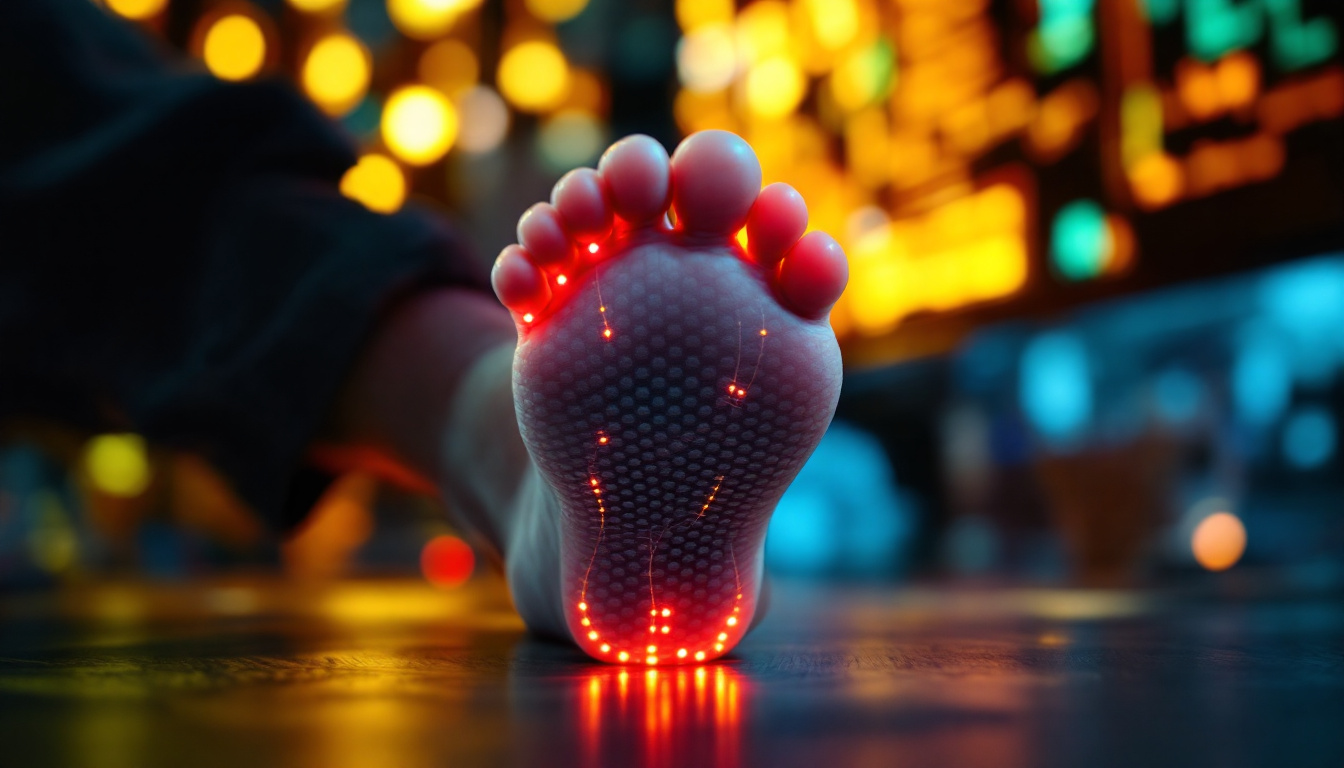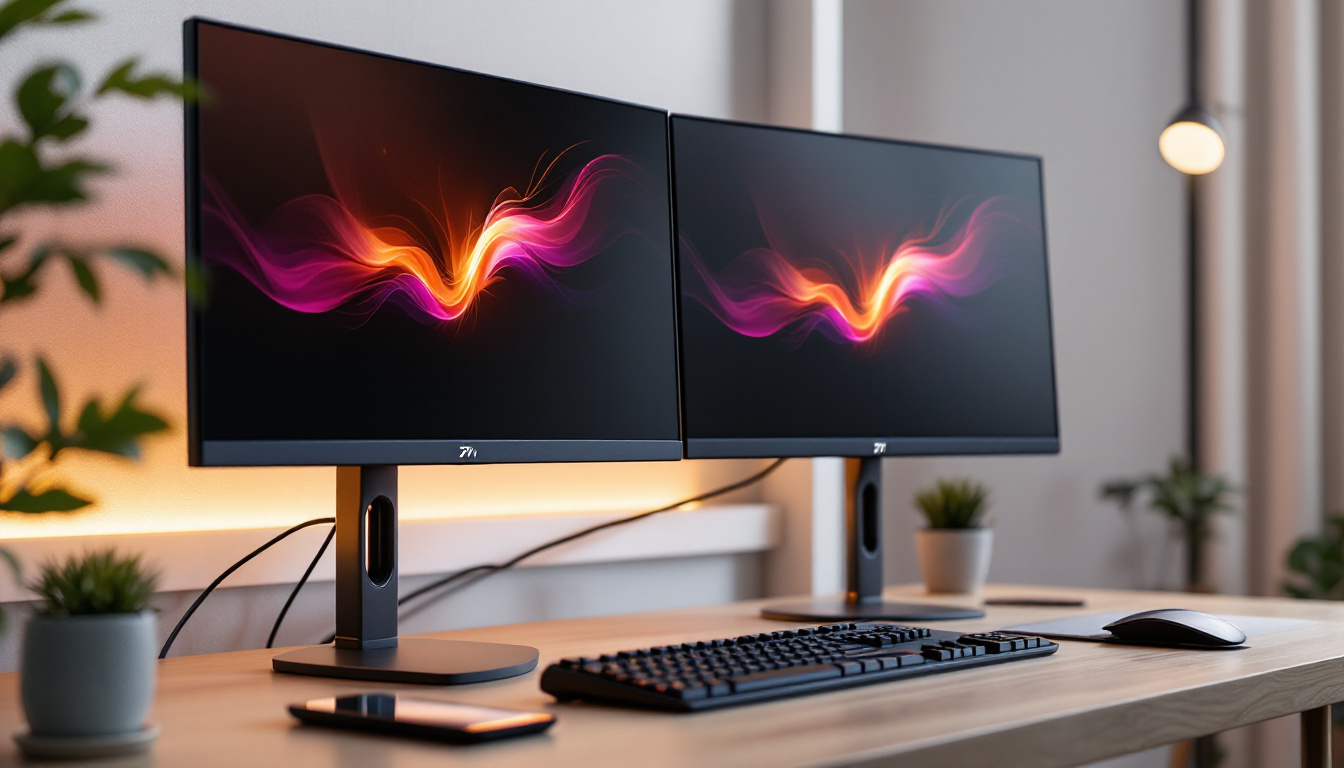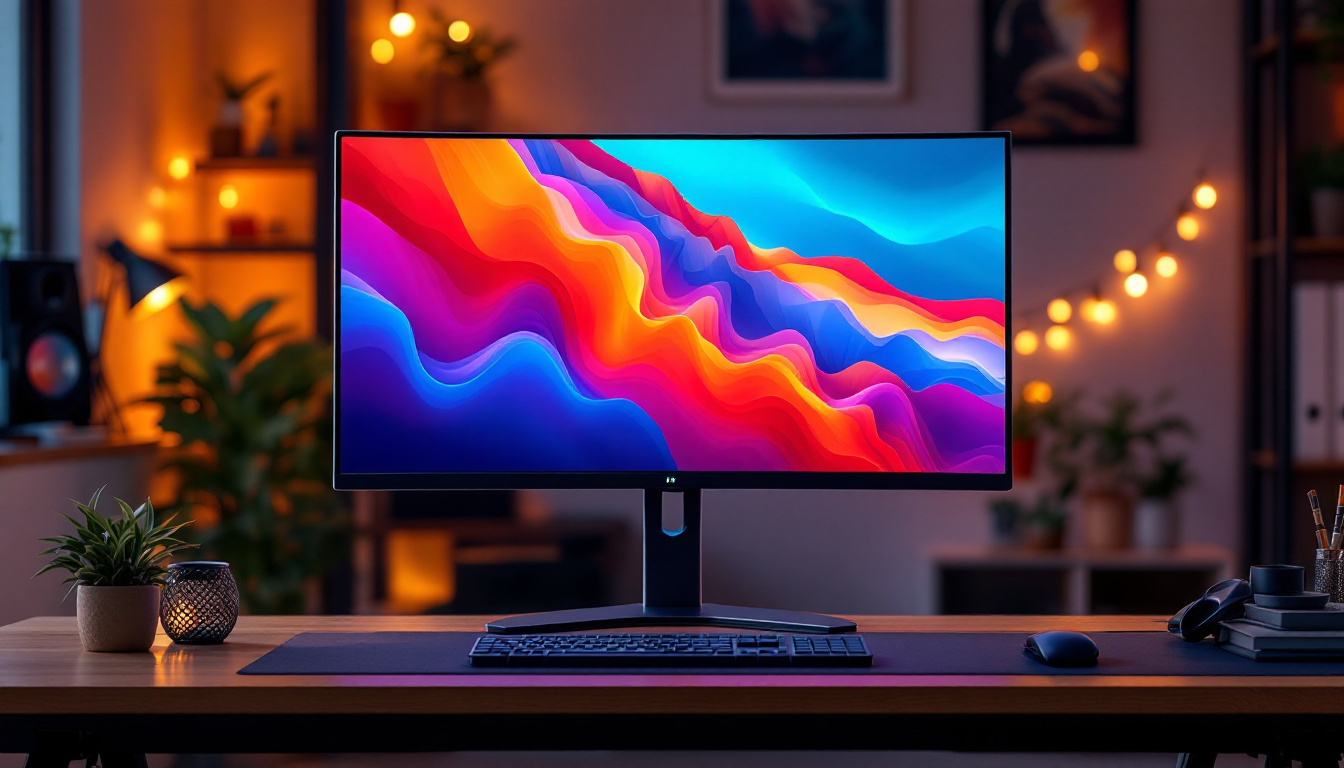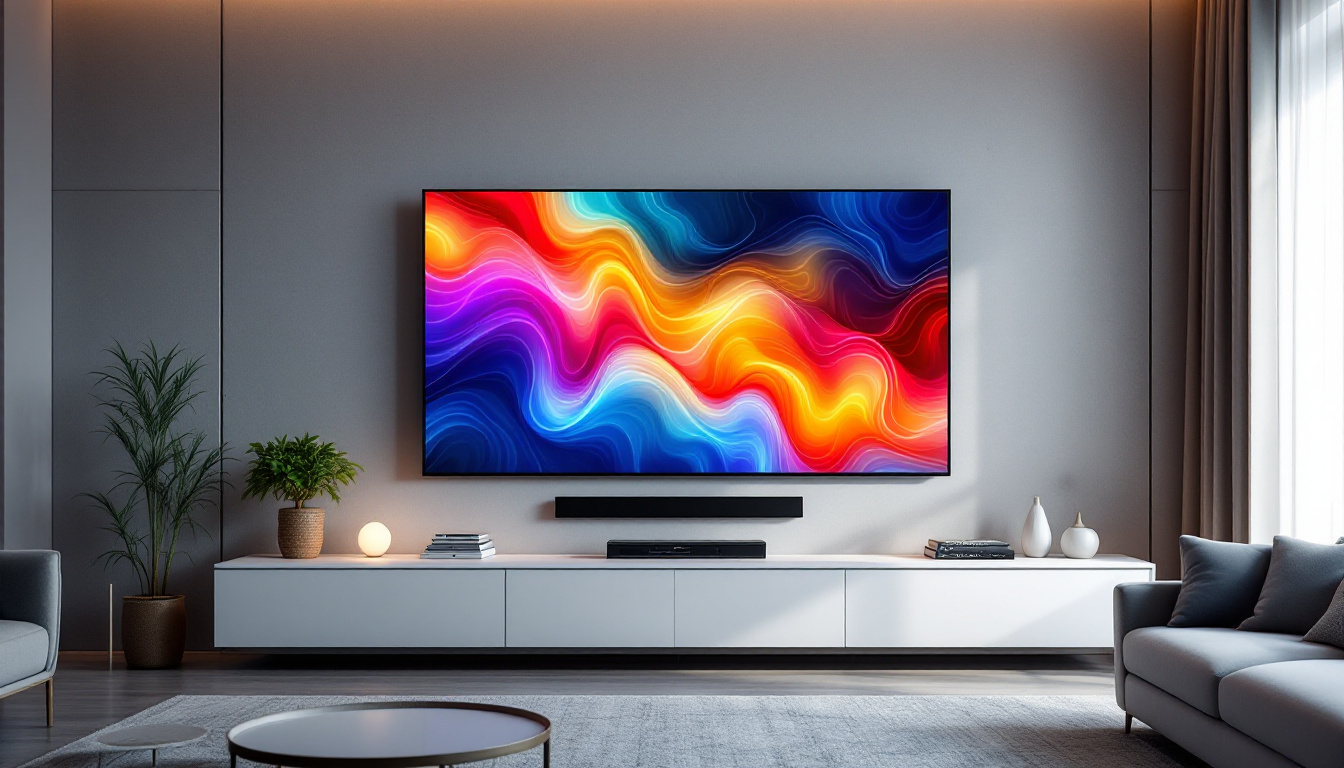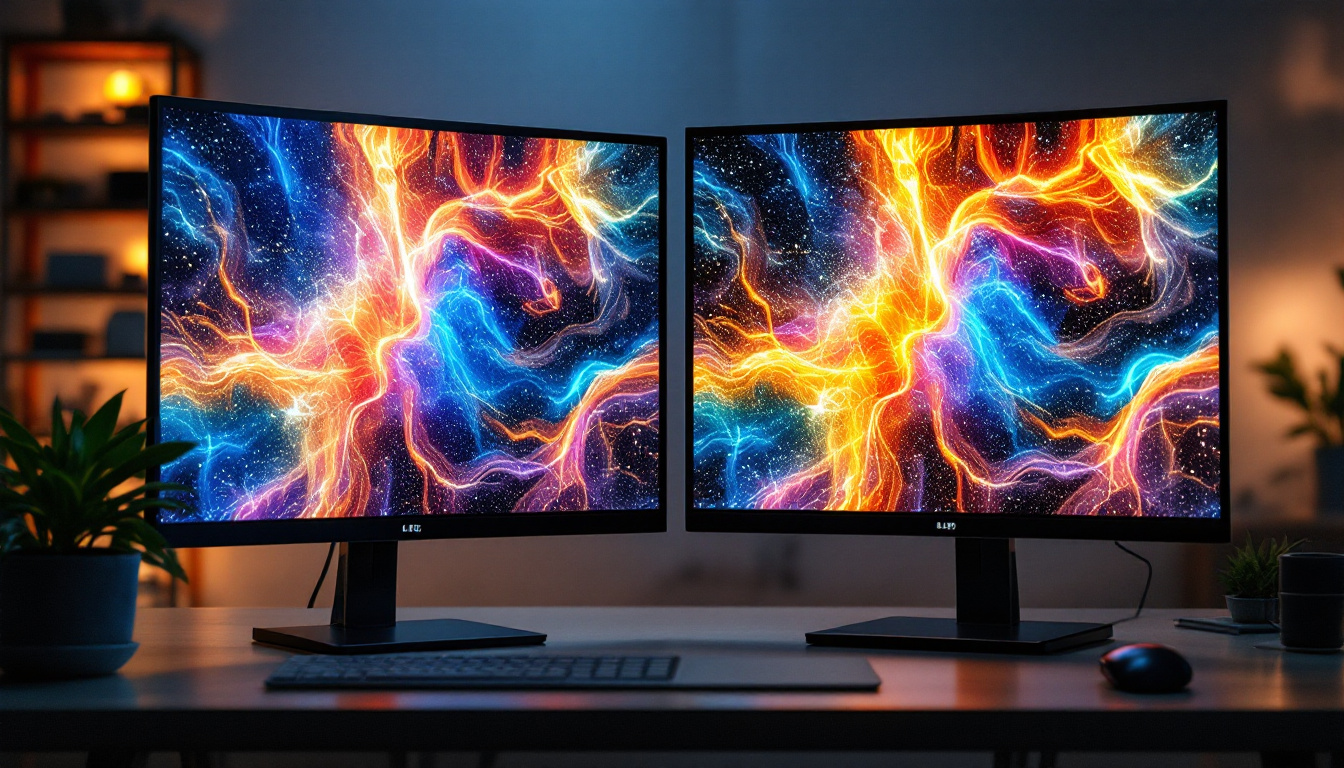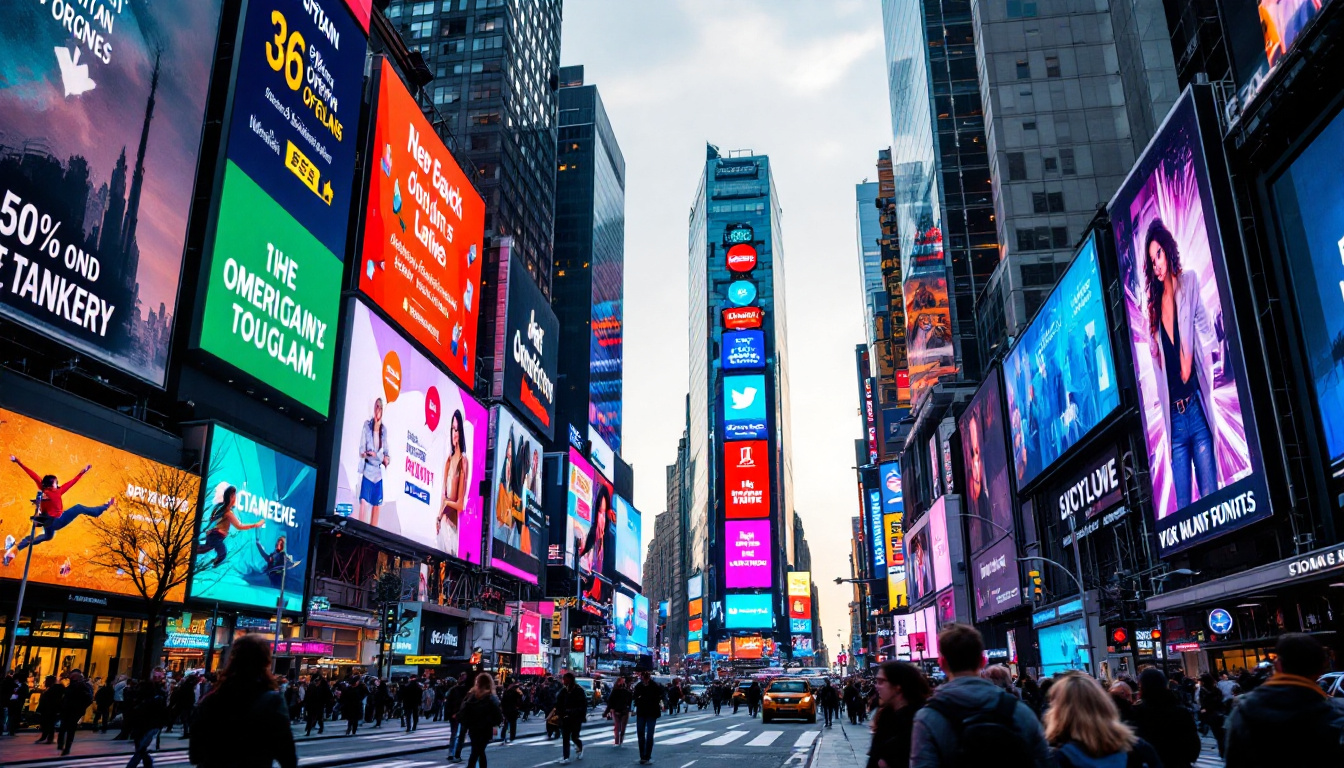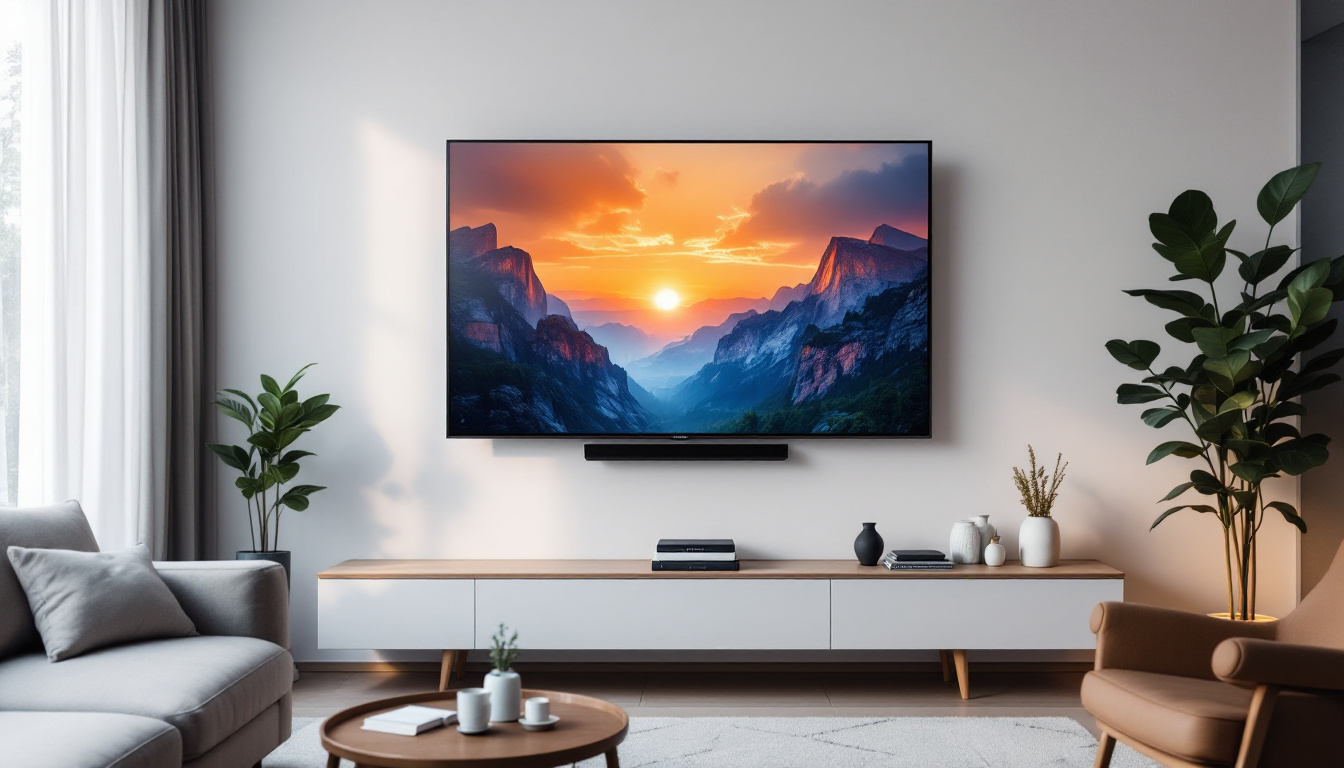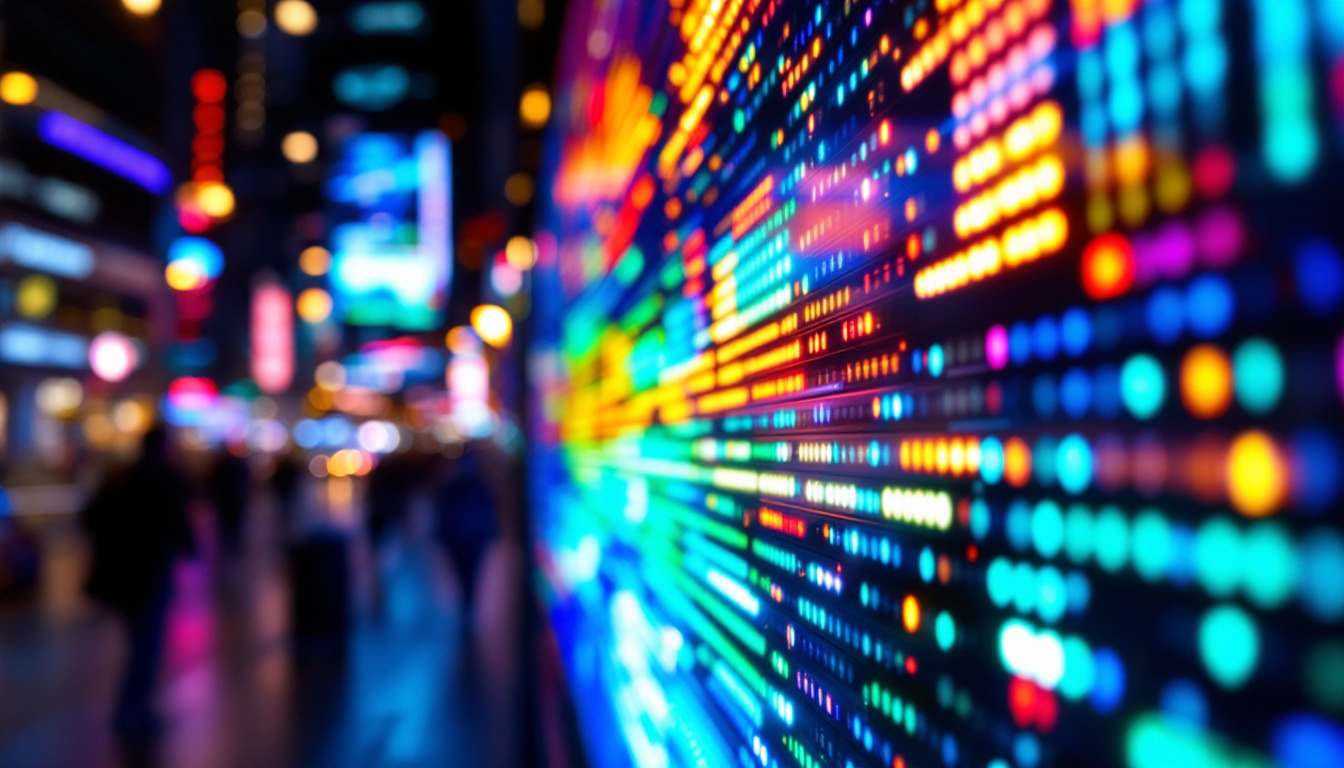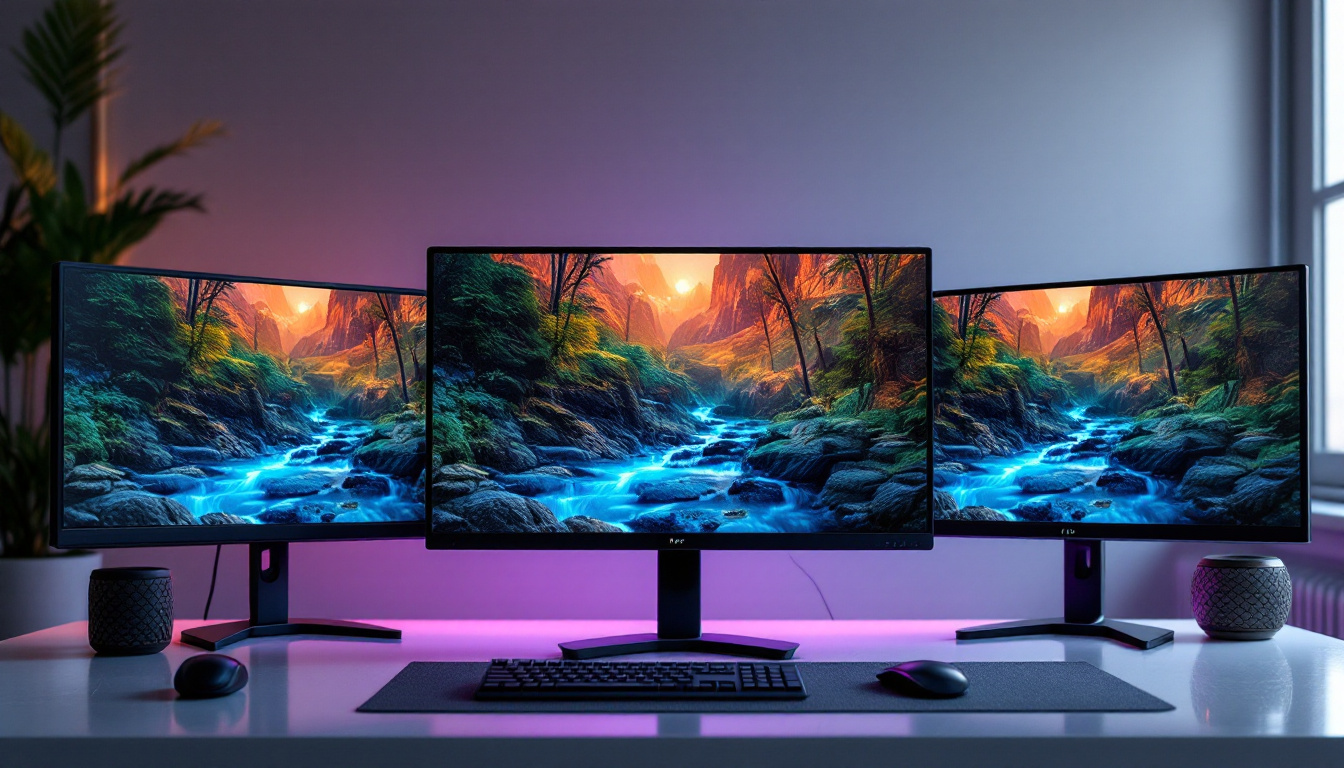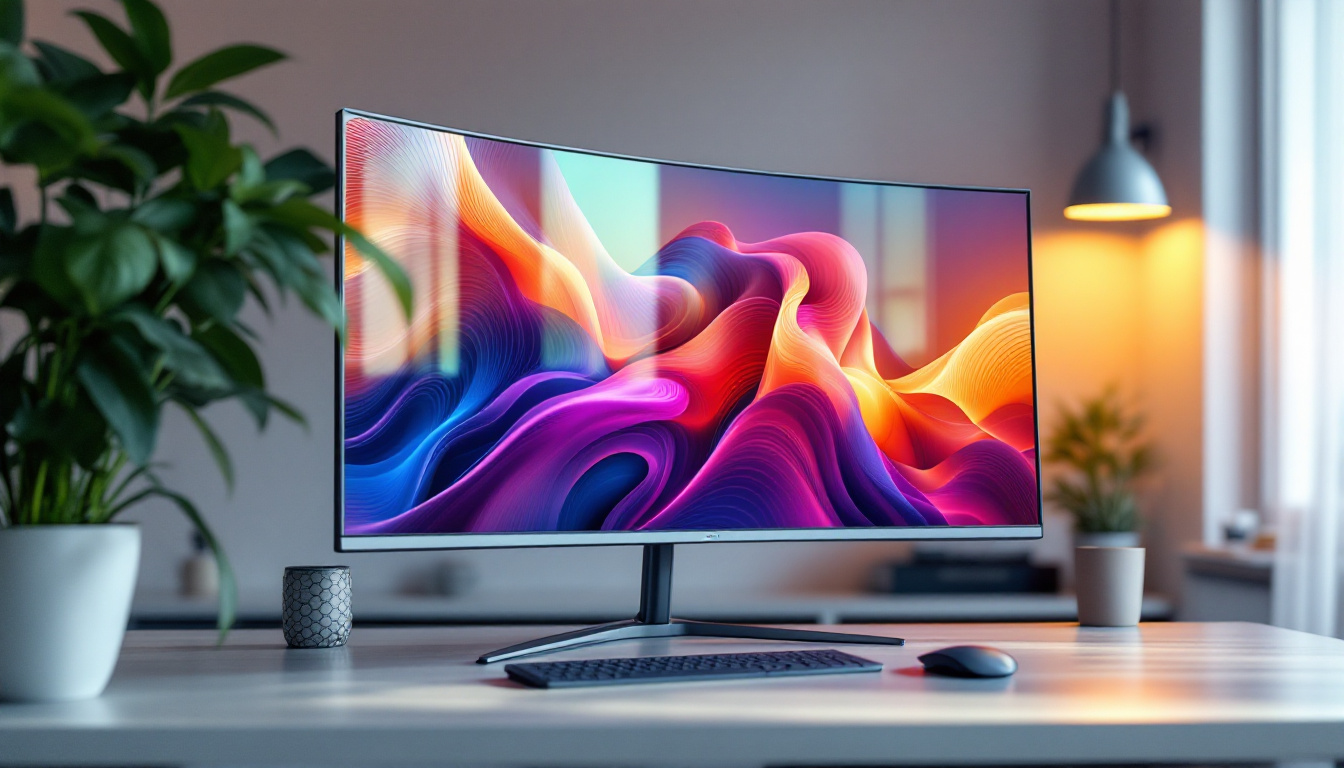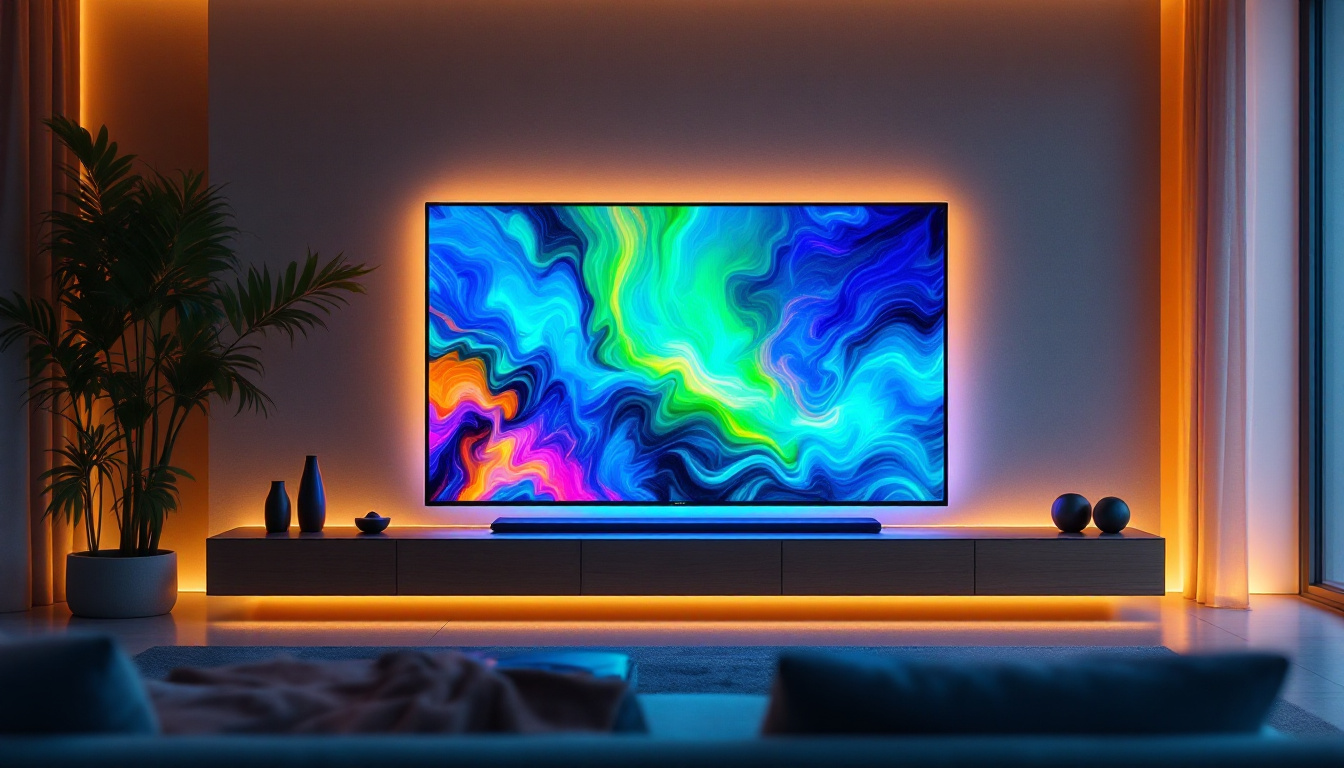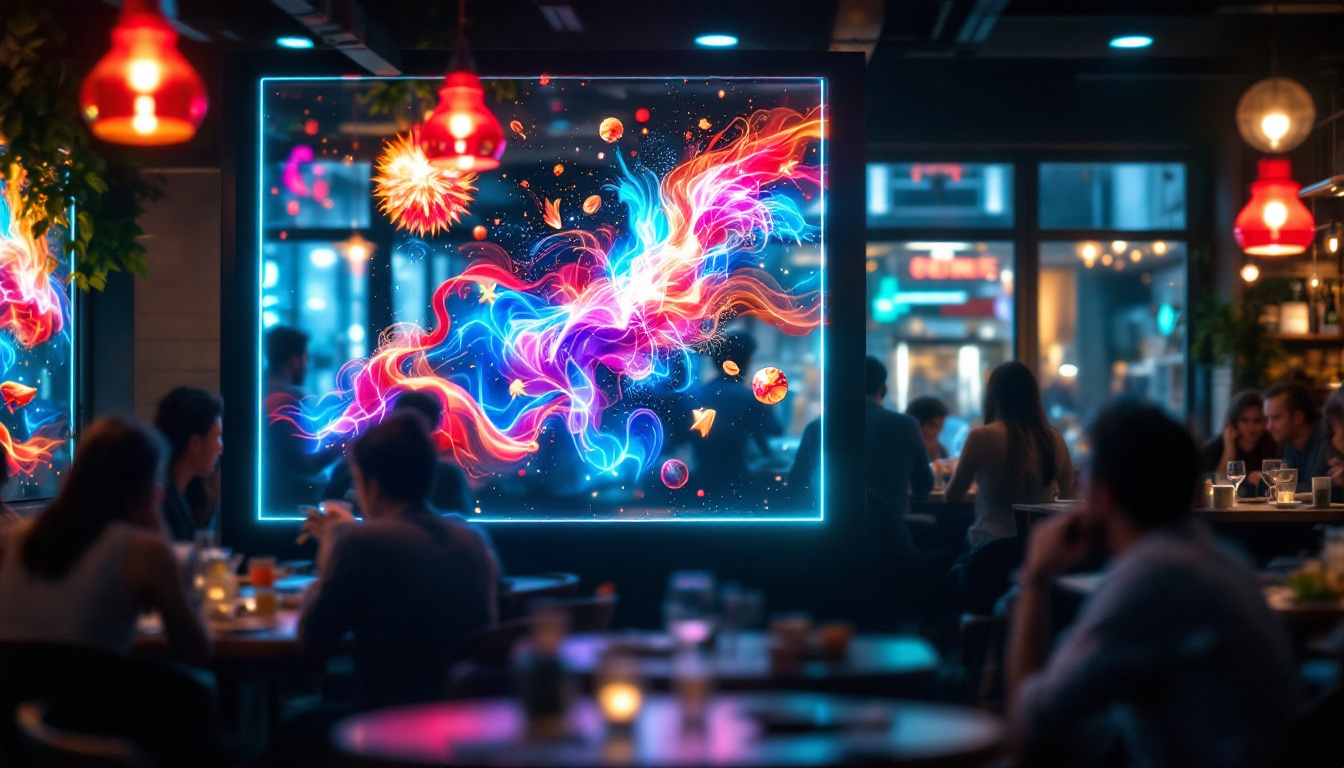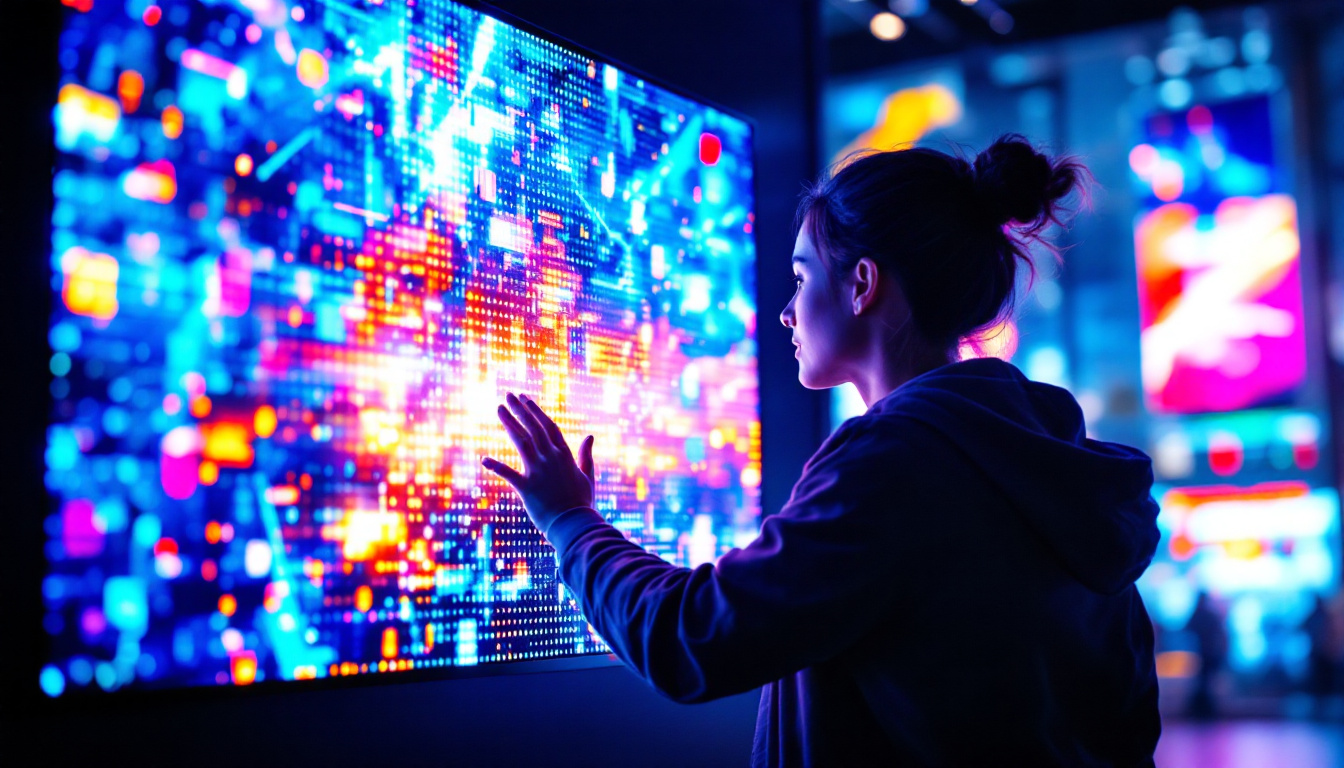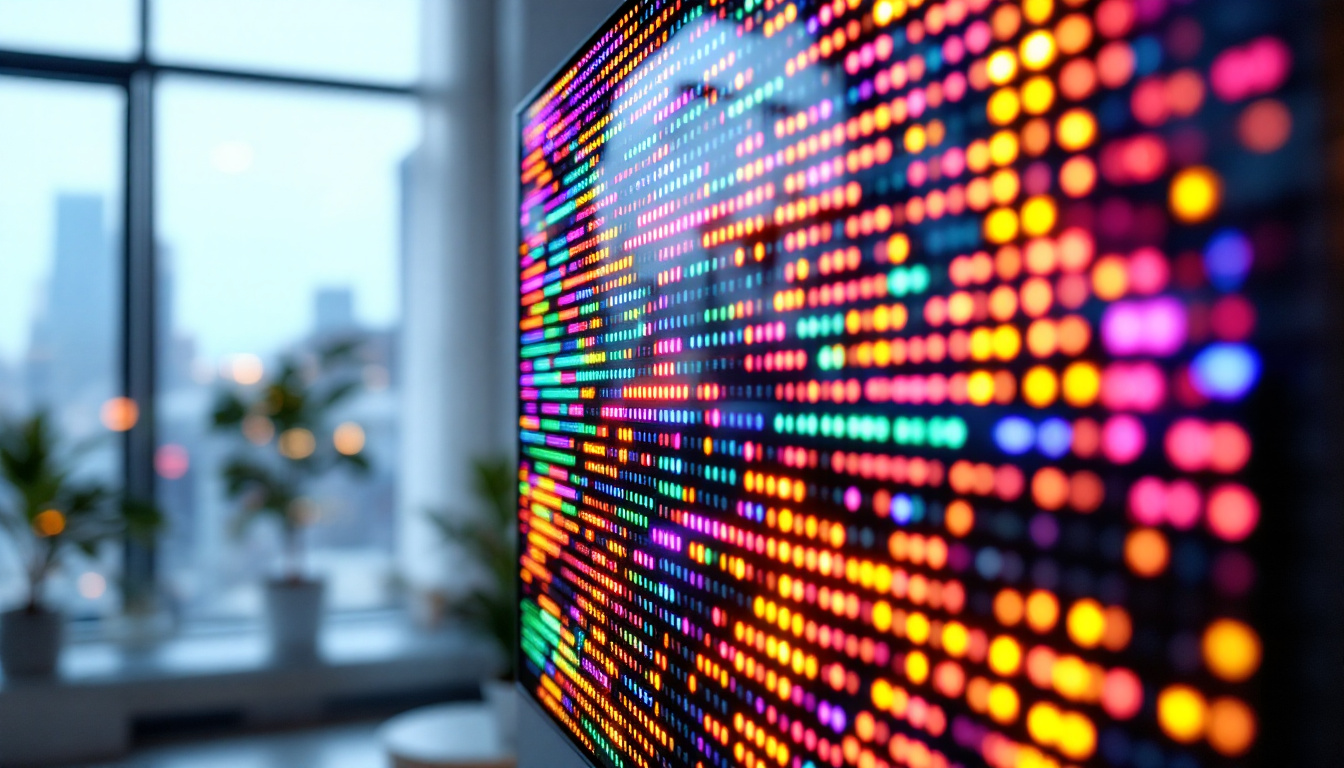In the ever-evolving world of technology, products come and go, with some becoming obsolete as new innovations emerge. One area where this is particularly evident is in the realm of LED displays. Matrix, a prominent name in the industry, has had its share of discontinued products that have shaped the landscape of LED technology. This article delves into the intricacies of Matrix’s discontinued LED display products, exploring their features, applications, and the reasons behind their discontinuation.
The Evolution of LED Display Technology
LED display technology has undergone significant advancements since its inception. Initially, these displays were primarily used for simple applications such as signage and basic information dissemination. However, as technology progressed, the capabilities of LED displays expanded, leading to their widespread adoption in various sectors.
From Basic Signage to High-Definition Displays
Early LED displays were limited in resolution and color depth, making them suitable only for basic applications. Over time, manufacturers like Matrix began to push the boundaries, introducing high-definition displays that offered vibrant colors and superior image quality. This evolution allowed LED displays to be used in more complex environments, including sports arenas, concert venues, and corporate settings. With advancements in pixel pitch technology, displays became capable of rendering images with astonishing clarity, making it possible to view content from a greater distance without loss of detail. This shift not only enhanced the viewer experience but also opened up new avenues for advertising and branding, where visual impact is paramount.
The Role of Matrix in LED Display Development
Matrix has been a key player in the LED display market, known for its innovative solutions and commitment to quality. The company has developed a range of products that cater to different needs, from small-scale displays to large video walls. Their focus on research and development has enabled them to stay ahead of the curve, but this also means that some products eventually become obsolete as new technologies emerge. Matrix’s dedication to sustainability has also played a significant role in their development strategy, as they strive to create energy-efficient displays that reduce environmental impact. By integrating smart technology and IoT capabilities, Matrix has positioned itself at the forefront of the industry, allowing users to control and monitor displays remotely, thus enhancing operational efficiency and user engagement.
Notable Discontinued Products
While Matrix has produced numerous successful LED display products, some have been discontinued due to various factors, including technological advancements, changes in market demand, and strategic shifts within the company. Here, we highlight a few notable discontinued products that left a mark on the industry.
Matrix LED Signage Solutions
Matrix’s LED signage solutions were once a staple in retail and advertising sectors. These displays were designed for high visibility and could be easily integrated into existing infrastructures. However, as consumer preferences shifted towards more dynamic and interactive displays, Matrix phased out these products in favor of more advanced solutions. The original signage solutions featured static content capabilities, which were effective at the time but eventually fell short in an era where consumers craved real-time updates and engaging multimedia content. As a result, Matrix began to invest in interactive touchscreen displays and digital signage systems that allowed businesses to connect with their audiences in more meaningful ways, enhancing customer engagement and driving sales.
Matrix Video Wall Systems
The Matrix video wall systems were revolutionary at the time of their launch, providing businesses with the ability to create stunning visual experiences. These systems allowed for seamless integration of multiple screens to form a larger display. However, as technology progressed, the demand for ultra-high-definition video walls increased, leading to the discontinuation of older models that could not meet these new standards. The shift towards 4K and even 8K resolution displays meant that many businesses sought to upgrade their visual setups to ensure they remained competitive. Matrix recognized this trend and redirected its resources towards developing cutting-edge video wall solutions that offered enhanced resolution, improved color accuracy, and better energy efficiency, catering to the evolving needs of industries such as entertainment, corporate, and education.
Matrix Outdoor LED Displays
Outdoor LED displays from Matrix were designed to withstand various environmental conditions while delivering high-quality visuals. Despite their popularity, advancements in weather-resistant technology and energy efficiency led to the discontinuation of certain models. The market’s shift towards more sustainable solutions prompted Matrix to focus on developing newer, eco-friendly outdoor displays. These newer models incorporated advanced materials that not only improved durability but also enhanced energy efficiency, significantly reducing operational costs for businesses. Additionally, the integration of smart technology allowed for real-time monitoring and adjustments based on environmental factors, ensuring optimal performance and longevity. As cities and businesses began to prioritize sustainability, Matrix’s commitment to innovation positioned them to lead the charge in creating greener advertising solutions that met both aesthetic and ecological standards.
Reasons for Discontinuation
The discontinuation of products is a common practice in the technology industry, and Matrix is no exception. Several factors contribute to this decision, including the need to innovate, market trends, and competitive pressures.
Technological Advancements
As technology evolves, older products often become outdated. Matrix continuously invests in research and development to create cutting-edge solutions. This commitment to innovation means that older models may be discontinued to make way for newer, more advanced products that offer better performance and features. For instance, the transition from traditional LCD displays to OLED technology has revolutionized the visual experience, prompting Matrix to phase out older models that lack the vibrant color accuracy and energy efficiency of newer offerings. By embracing these advancements, Matrix not only enhances user experience but also sets new industry standards that competitors strive to meet.
Shifts in Market Demand
Consumer preferences are constantly changing, and companies must adapt to these shifts to remain competitive. Matrix has observed a growing demand for interactive and immersive displays, prompting the discontinuation of products that do not align with current market trends. By focusing on products that meet contemporary needs, Matrix can ensure its relevance in the industry. The rise of augmented reality (AR) and virtual reality (VR) applications has further influenced this shift, leading Matrix to prioritize the development of displays that support these technologies. This proactive approach not only caters to the evolving tastes of consumers but also positions Matrix as a leader in the innovation of next-generation display solutions.
Competitive Pressures
The LED display market is highly competitive, with numerous players vying for market share. To maintain its position, Matrix must continually assess its product lineup and discontinue those that no longer provide a competitive advantage. This strategic approach allows the company to allocate resources effectively and invest in areas with higher growth potential. Furthermore, the rapid pace of technological change means that what was once a cutting-edge feature can quickly become standard, necessitating a swift response from Matrix. By regularly evaluating its offerings, the company can focus on developing unique features that differentiate its products, such as enhanced connectivity options and integration with smart home systems, ensuring that it remains at the forefront of consumer technology trends.
The Impact of Discontinued Products
The discontinuation of products can have varying impacts on both the company and its customers. Understanding these effects is crucial for stakeholders involved in the LED display market.
For the Company
Discontinuing products can streamline operations for Matrix, allowing the company to focus on its core offerings. This strategy can lead to improved profitability and a more robust product lineup that aligns with market demands. However, it also requires careful management of customer expectations and communication regarding the changes.
For Customers
Customers who have invested in discontinued products may face challenges, particularly if they require support or replacement parts. Matrix typically provides a transition plan for customers, offering alternatives or upgrades to ensure that they are not left without support. This approach helps maintain customer loyalty and trust, even in the face of product discontinuation.
Future Trends in LED Display Technology
As the LED display market continues to evolve, several trends are emerging that will shape the future of the industry. Understanding these trends can provide insights into what to expect from companies like Matrix moving forward.
Increased Demand for Interactive Displays
Interactive displays are becoming increasingly popular across various sectors, from education to retail. These displays allow for user engagement and can enhance the overall experience. Matrix is likely to focus on developing solutions that incorporate touch technology and interactive features to meet this growing demand.
Sustainability and Energy Efficiency
With a global emphasis on sustainability, the LED display industry is moving towards more energy-efficient solutions. Matrix is expected to invest in research aimed at reducing the environmental impact of its products, including the use of eco-friendly materials and energy-efficient technologies. This shift will not only benefit the planet but also appeal to environmentally conscious consumers.
Integration of AI and Smart Technologies
The integration of artificial intelligence (AI) and smart technologies is set to revolutionize the LED display market. By incorporating AI, displays can offer personalized content and improve user experiences. Matrix is likely to explore these technologies to enhance its product offerings, making them more adaptable and responsive to user needs.
Conclusion
The landscape of LED display technology is dynamic and ever-changing, with companies like Matrix leading the charge in innovation. While the discontinuation of certain products may raise questions, it is essential to recognize that this is a natural part of the technology lifecycle. By focusing on advancements and responding to market demands, Matrix continues to position itself as a leader in the LED display industry.
As new trends emerge and technology continues to evolve, stakeholders can expect Matrix to remain at the forefront, delivering cutting-edge solutions that meet the needs of a diverse range of applications. The future of LED displays is bright, and Matrix is poised to play a significant role in shaping that future.
Explore Cutting-Edge LED Displays with LumenMatrix
As the LED display landscape continues to advance, staying ahead means choosing a partner committed to innovation and quality. LumenMatrix stands at the forefront of LED display technology, offering a wide array of solutions designed to captivate and engage. From Indoor and Outdoor LED Wall Displays to specialized options like Vehicle, Sports, and Floor LED Displays, LumenMatrix tailors to every visual communication need. Embrace the future with Custom, All-in-One, and Transparent LED Displays that transform any space into a dynamic environment. Check out LumenMatrix LED Display Solutions today and experience the power of enhanced brand visibility and state-of-the-art visual experiences.

